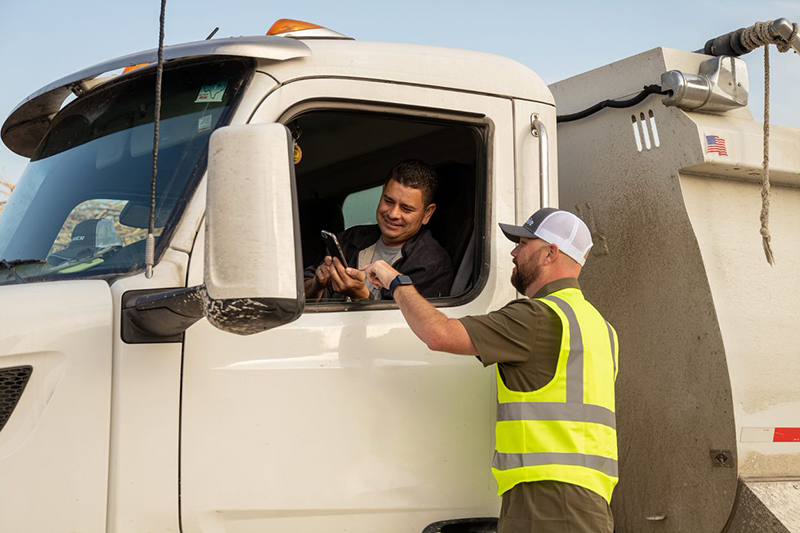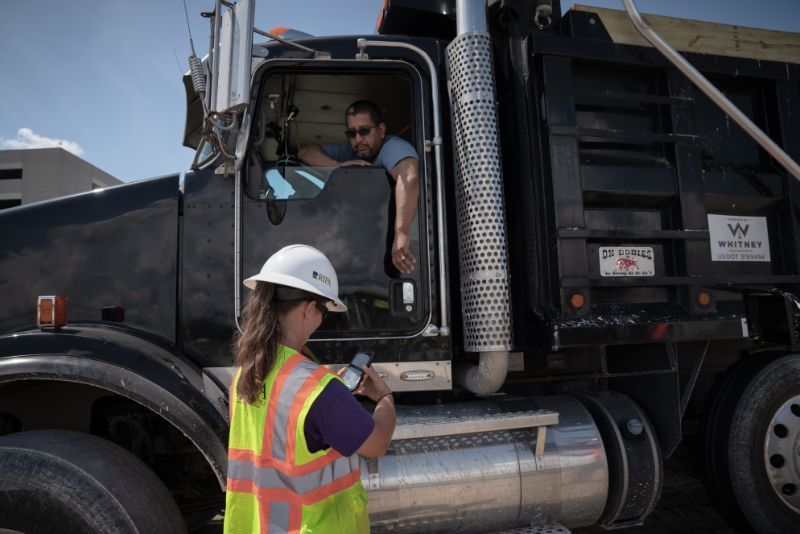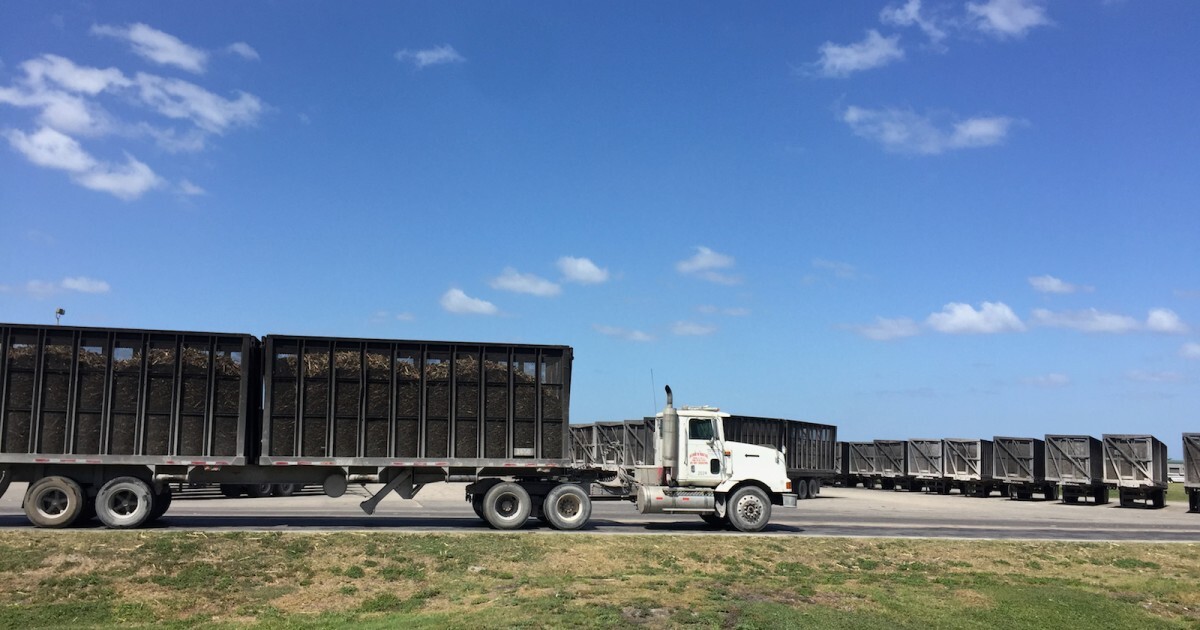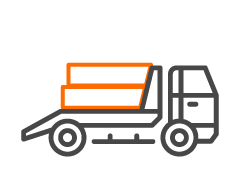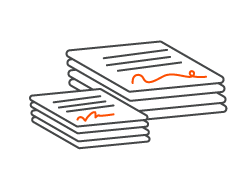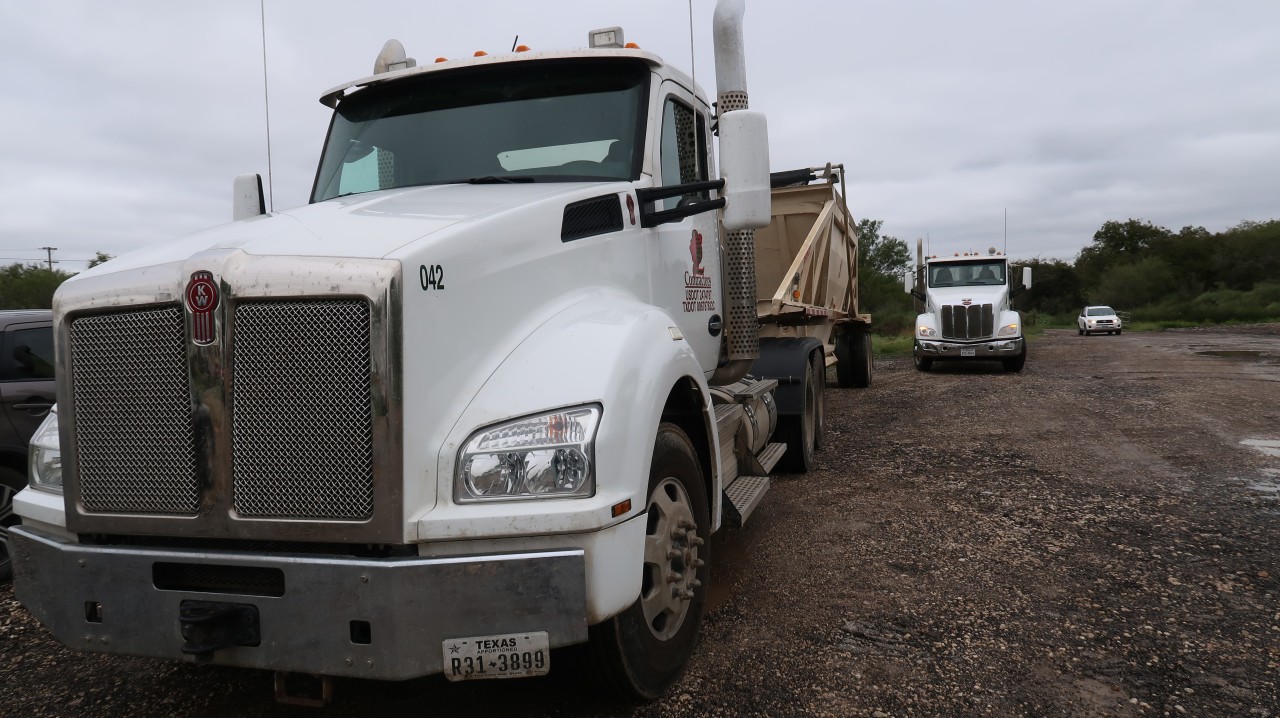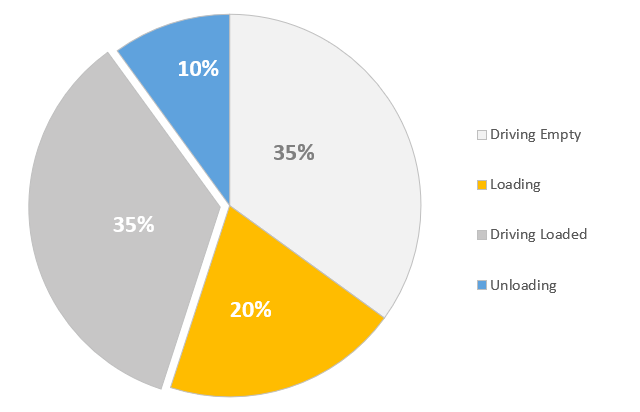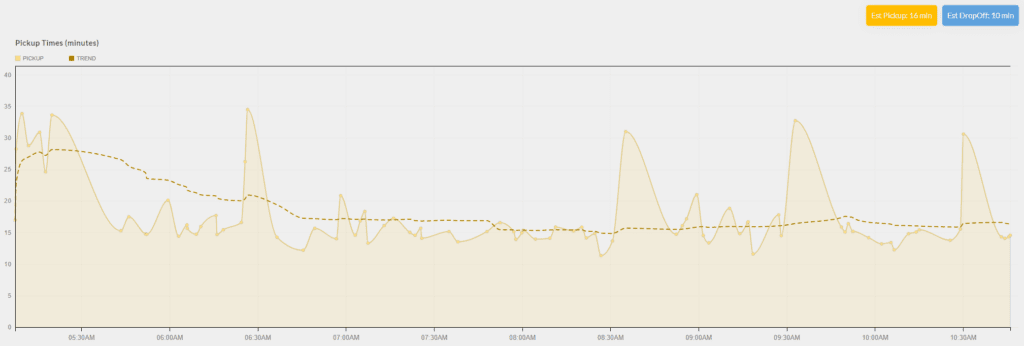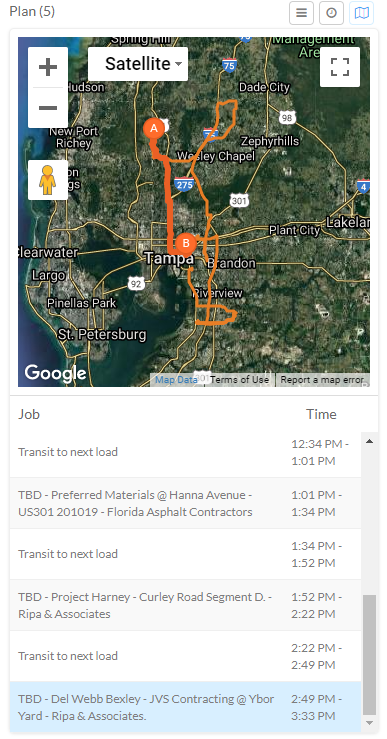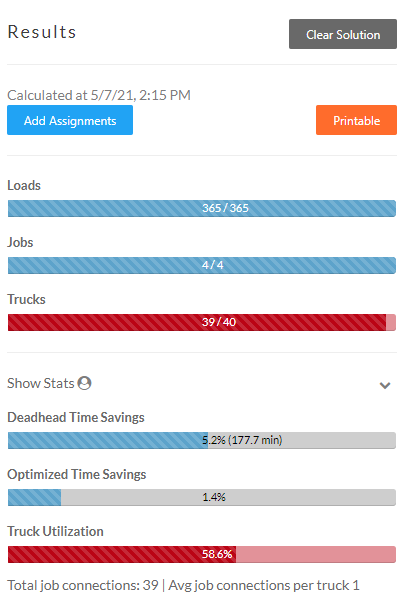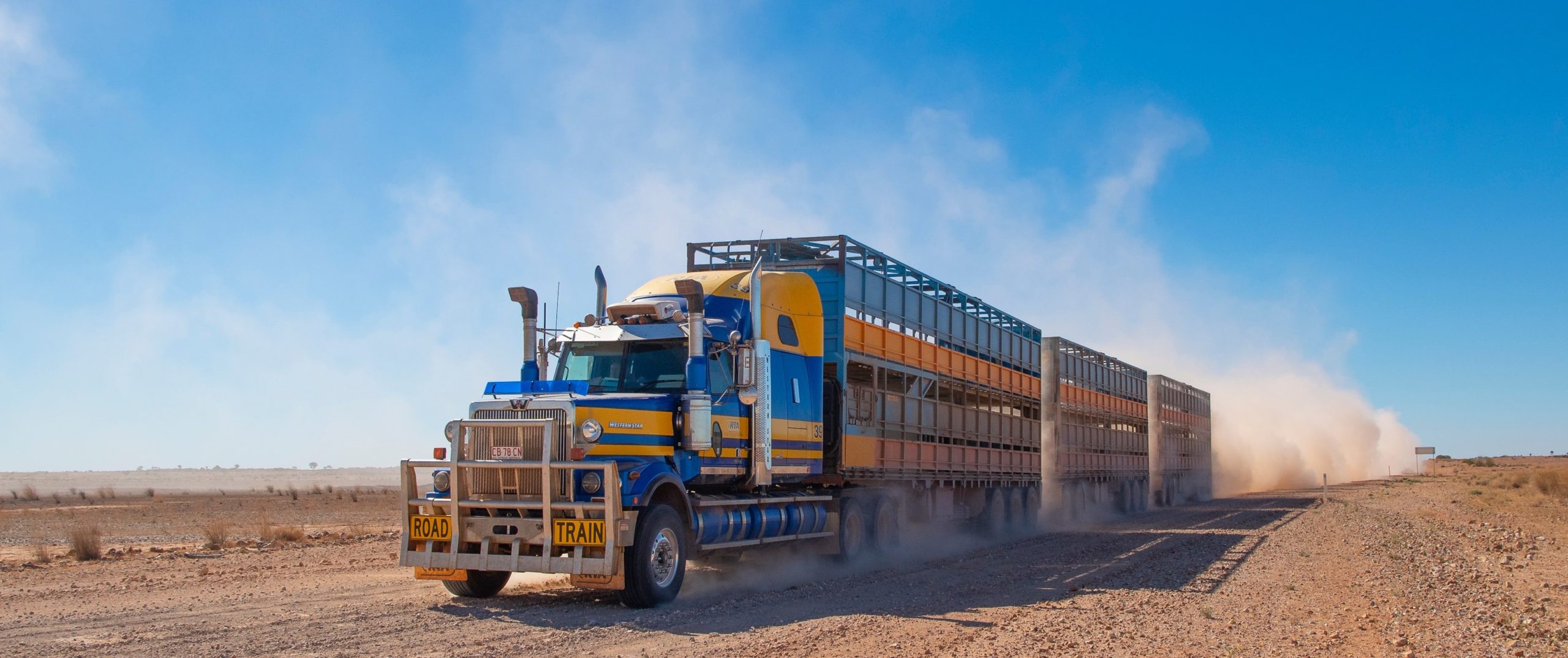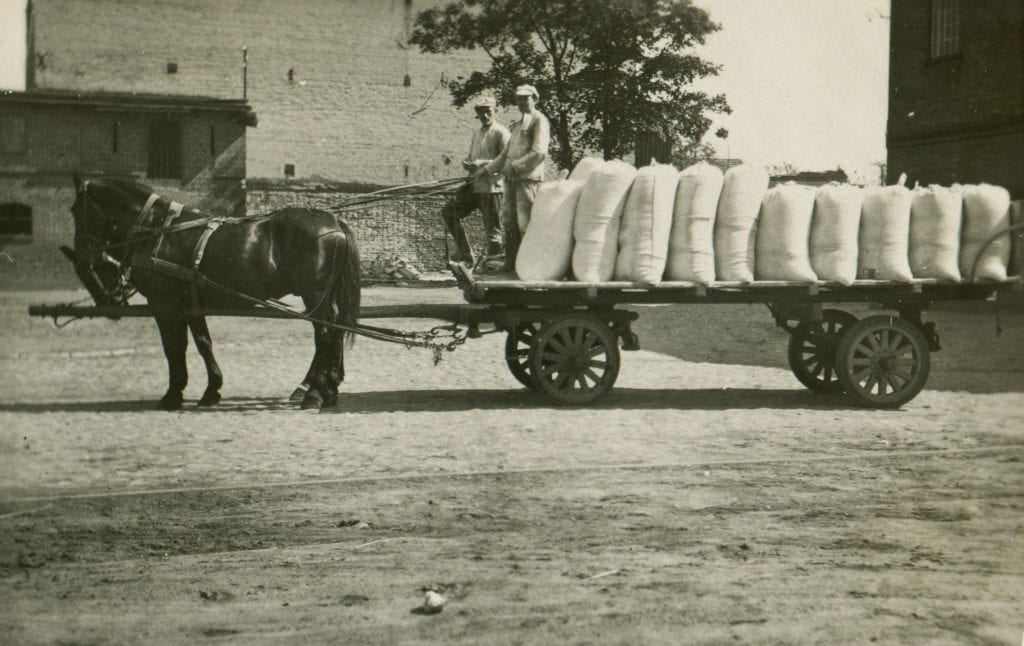Moving Forward, Together
In June 2016, I left a 20-year career as a general contractor. Over that time, I was blessed to be part of teams that built some of the largest commercial construction projects in Texas. Those teams included gifted subcontractors and trustworthy suppliers. My friends.
I had always been curious about technology in construction and appreciated the opportunity to bring new solutions to old problems.
One particular problem grabbed my attention at the time. Why did construction trucking seem so frustrating? Paper tickets were a hassle to track. Shouldn’t I be able to see a truck’s location and have some idea when it would arrive at my site?
This is when I decided to found Dauber.
Over the next six years, our team built Dauber into the most powerful truck management system specifically for construction trucking and local bulk hauling. We solved the paper ticket process, gave end-users full visibility to truck activity, and generally made construction trucking more enjoyable.
A startup, like Dauber, needs input from early adopters and visionary customers. I am grateful for the many drivers, owner-operators, brokers, and haulers who provided the feedback necessary to take Dauber from MVP to Product-Market fit. Thank you, my friends.
Having built Dauber, I realize that it only solves a niche problem. And now it is time to solve a much larger problem. That’s why I’ve joined with leaders in the hauling and site construction industries to found NewMile.
NewMile is centered on providing the industry with next-level innovations and
support. Our vision is to raise the standard of service through every interaction by delivering end-to-end solutions for bulk logistics. We bring our unique combination of people, innovation, and experience to fill in the gaps between site operators, material suppliers, and trucking companies.
Personally, I’m excited to bring my subcontractor and supplier friends from my construction career together with new friends from my trucking technology career.
The first major step towards the NewMile mission is for Dauber to become a part of the NewMile system
I’m excited to announce that we are now, “Dauber by NewMile”; the first of many products the NewMile team will release over the next several months for site operators, material suppliers, and haulers.
What does this mean for Dauber customers? You’ll continue to receive the same great service from the team, and I look forward to sharing new innovations with you soon. The only change you’ll see immediately are new logos, colors, and fonts.
Thank you!
Brian

